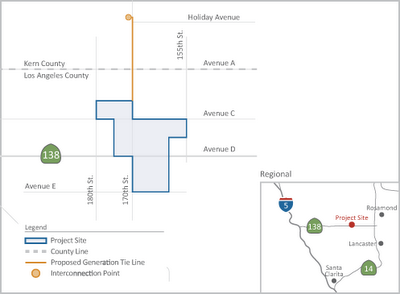Combined-Cycle Gas Turbine Plants Solve Intermittency Problem of Wind & Solar
How do we develop an energy future that copes with the variability of solar and wind energy?
Non-renewable natural gas seems destined to play a larger role in ushering in a greater penetration of renewable energy. It's the only practical utility-scale source of energy that can be to help match fluctuations in load.
While gas supply and pricing have historically been subject to significant fluctuations, it appears that for the foreseeable future, gas will continue to be consistently affordable and plentiful in North America. Much of this comes from the growth of technology for pulling gas from "tight" rock formations such as shale.
These supplies are widely distributed geographically, so that many parts of the country can access gas supplies without the risk of power loss due to long-distance electrical transmission, or gas pipelines.
The pricing point for natural gas futures contracts traded on the New York Mercantile Exchange is forecasted to be below $6/mmbtu through 2016, at which price electricity can be produced for about $55/MWh. As of this writing, gas trades below $2/mmbtu, allowing electricity to be produced for around $30/MWh.
 |
To support the intermittent nature of wind and solar power,
gas turbine manufacturers such as Alstom are building
quick-firing gas turbines. Alstom's GT24 gas turbine.
Photo courtesy Alstom |
The combined-cycle gas turbine plants (CCGT) uses a gas turbine generator to generate electricity and the heat of its exhaust to make steam, which in turn drives an electricity-generating steam turbine.
Gas turbine manufacturers have invested heavily in fast-start combined cycle plant designs, which have the potential to integrate well with renewable resources. CCGT cycle plants offer significant advantages compared to nuclear and coal, including shorter start-up time, high start reliability, lower start-up costs, daily multi-startup and shutdown, high ramping rates, and extended emission compliance at partial loads, as well as comparatively lower installed cost.
CCGT is the best match with a wind turbine farm because, during a hot summer day a wind farm will generate less power in the afternoon, when power is needed the most and when power prices are highest. A thermal solar energy facility can be used during the day to supplement the steam supply from the turbine's Heat Recovery Steam Generator (HRSG) -- a solution most applicable to hot, sunny areas such as the Southwest.
With CCGT technology, the way is clearer for gas-fired generation to provide the power needed to compensate for the fluctuations in solar and wind power supply, allowing these green energy sources to provide more of the total energy share.
Compared to some power technologies, CCGT plants make few infrastructure demands. They must have a source of water for the boiler and a fuel supply. If operated in tandem with renewable energy, they need a turbine-generator technology and a plant design that can match the fluctuations of the renewable resource.
If located close to the renewable energy source, the CCGT plant can share interconnection facilities and help regulate the output of that wind or solar power installation. If located along the transmission corridor, it can help regulate the supply from several renewable-energy generation sites and electricity users.
The capacity factor for wind power is in the range of 13 percent to 40 percent depending on the location, and is normally higher at night. Many merchant CCGT plants are operating in the range of 40 percent to 60 percent capacity factor, and normally run during the day when demand and prices are higher. Accordingly, wind farm and CCGT plant generation capacity factors can balance each other to create a higher overall capacity factor and revenue stream.
Building CCGT to complement wind and other renewable energy sources is not economically viable without price support and regulatory incentives. Incentives from governments are required to support the higher operating costs of the CCGT, due to lower output. Renewable energy must be sustained with tax incentives, including PTCs, federal Modified Accelerated Cost Recovery Systems (MACRS), state Accelerated Depreciation and other tax exemptions. Incentives could be provided to natural gas suppliers and generators to raise allowable renewable energy penetrations to the grid.
Current trends indicate that if wind and solar grow, the output of these variable resources will need to be stabilized through variable output, baseload power such as gas-fired generation. Renewable energy alone will not be a viable source of energy, but integration of variable output, baseload generation, such as natural gas combined cycle plants will allow renewable energy to grow. (By Ying Ng,
Power Engineering, 7/1/2012)

 By
By 






































